Wolverine (1982)
- decapvada
- Apr 8, 2024
- 3 min read
Updated: Apr 9, 2024
In the year 1993 on the BBC Saturday morning entertainment show Live and Kicking, the X-men Animated Series wowed kids with its adult storytelling, season-wide narratives, perfect voice cast and comic book-style art. Even today, despite the odd animation error, the series holds up quite well and does an amazing job of adapting multiple classic X-men arcs into its universe while homing in on what made Claremont’s run such a success.
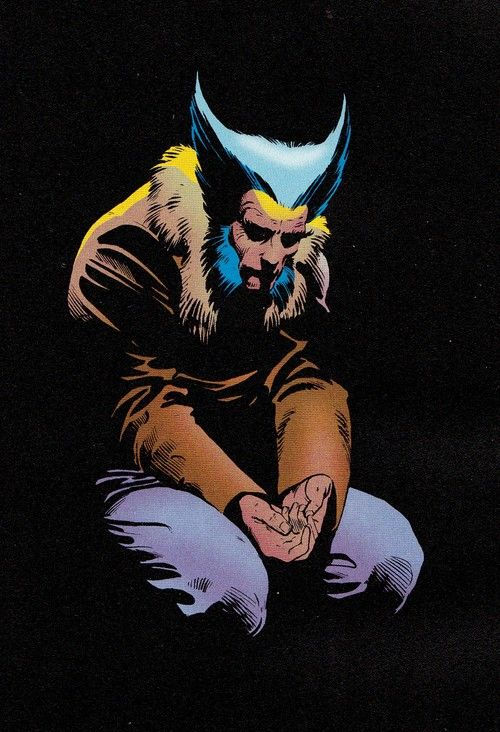
It’s evident even now that back then, there was one breakout star of the X-men, which of course was Wolverine. Despite the fact that he was not allowed to use his adamantium claws effectively in a kid's cartoon, to young boys such as myself, Wolverine was the coolest Marvel character ever. This was a time when the most well-known characters today, Iron Man, Thor, were D-list heroes and the most popular Marvel property was Spiderman (not much has changed) and then of course, thanks to some fantastic 70’s and 80’s runs, the X-men. Issue one of X-men (volume 2) is still the most successful comic issue ever.
Wolverine certainly had all the elements to make him popular, he was brash, dangerous, had a mysterious backstory filled with painful experiences and he never truly opened himself up, always hinting, always showing that deep down he was a man of morals and integrity, leaving much for his audience to infer. His respect for Rogue especially, was only hinted at in the animated series after she helped him save his wife Mariko, while his mentor status for Jubilee was endearing. Then there were the multiple villains from his past that added more and more layers to his backstory.
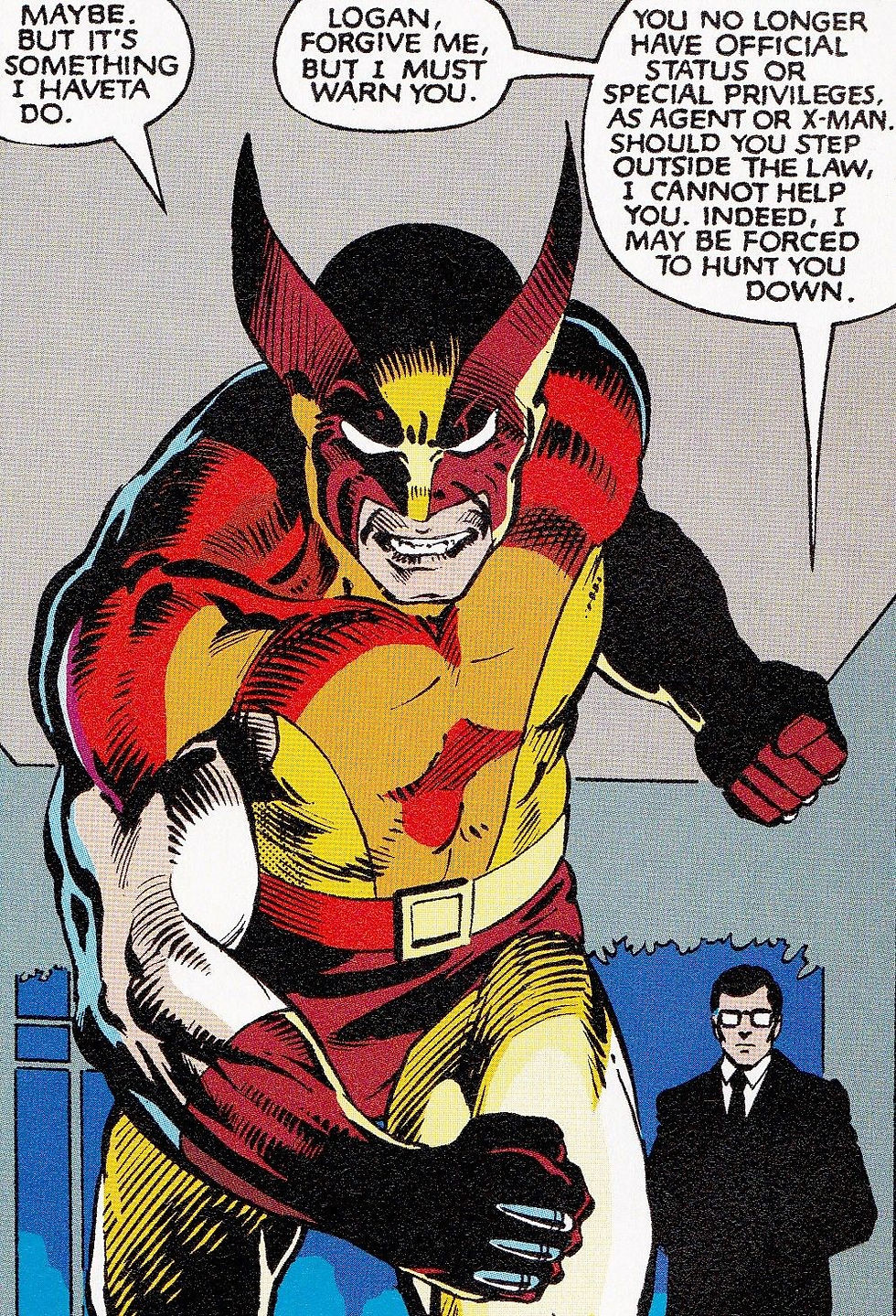
Wolverine is a complex character. He’s an arsehole but he’s also somewhat honorable too. He's quick-witted, belligerent, and often over-emotional at the worst of times. Deeply flawed. And then there’s the voice performance by Cal Dodd which even now, like Kevin Conroy was to Batman, so iconic it’s impossible to read an issue without hearing his voice. Maybe the Capcom fighting games' use of him contributed to this as well.
So, what better character was there to use as the centre page of Marvel’s second-ever limited series event, the four-part story titled simply ‘Wolverine.’ The advantage of a limited series meant it could be a separate story told outside of the main title with its own rules and style. Years before he would create the Clint Eastwoodesque inner monologue for Batman, Frank Miller did so for Wolverine and reading today, his voice fits him perfectly.
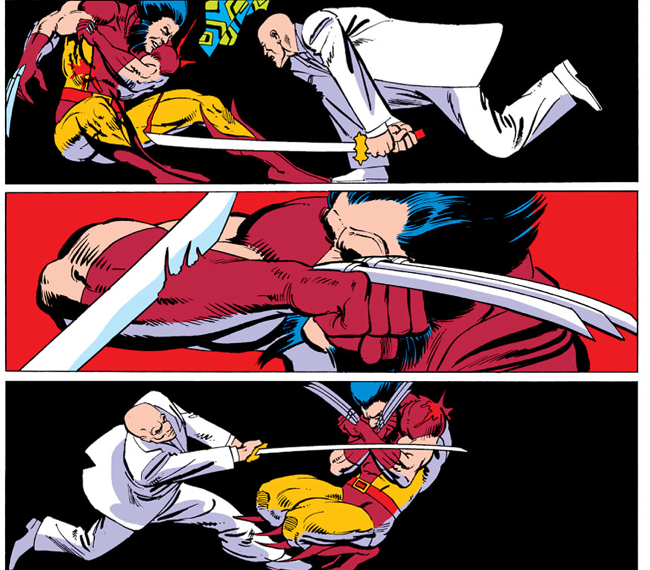
The main conflict of the narrative surrounds Wolverine and his attempts to see his lover, Mariko Yashida. After having his phone calls ignored by her, Wolverine visits Mariko in Japan and discovers that due to the resurgence of her crime lord father, Shingen, she is trapped in an arranged marriage to an abusive man. Wolverine is rightfully angry and inevitably faces Shingen in combat, who promptly embarrasses him in front of Mariko, informing Wolverine that he is a dishonourable foreigner unworthy of his daughter.
The title, written in the 80’s, is rife with cultural elements that set it in an otherworld albeit, from a limited Western perspective, and it is advisable to remember this when reading today. However, the Japanese iconography serves the story well, setting tonally as a kind of samurai story not unlike Kurasawa’s Yojimbo with Wolverine’s loner outsider entering a corrupt world to set it to rights. Miller’s style is at times noire-like with a lot of shadows in contrast with the traditional Japanese setting. Adding to this are Wolverine’s monologues, which are self-descriptive and analytical while never shying away from the confidence the character has always shown.
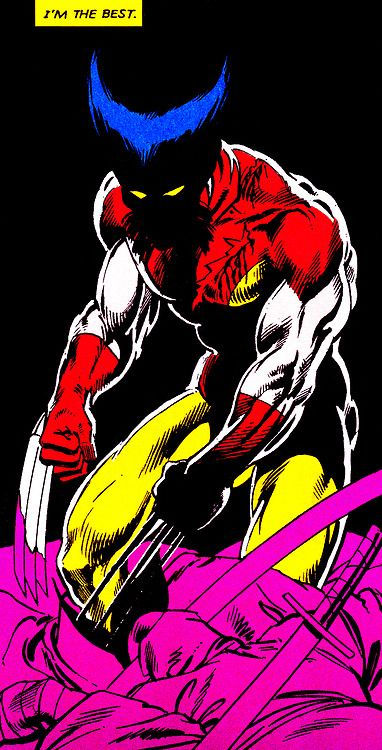
It is this self-belief I feel that elevates this story. Wolverine, the ‘best there is’ is easily defeated by an older man in a battle of practice swords that he is forced to use because he is viewed as unworthy of the real thing. Wolverine’s position as a foreigner further strengthens the common thread through much of his characterization, that of the struggle between the feral man inside and the human he wishes to be. The Katana represents an aspect of Japanese culture that is respectable and honorable and although he states that he is a trained swordsman and that he is knowledgeable and respectful of Japanese culture, Shingen detests him because of his foreignness. The final climactic battle, mostly lacking dialogue, is expertly drawn by Miller, and its crescendo I always found rather meaningful as Wolverine fights in a way that is completely true to himself to prove how worthy he truly is.
I always thought it was a shame that James Mangold's loose adaption failed to hit the same characterful beats that this fine story did.



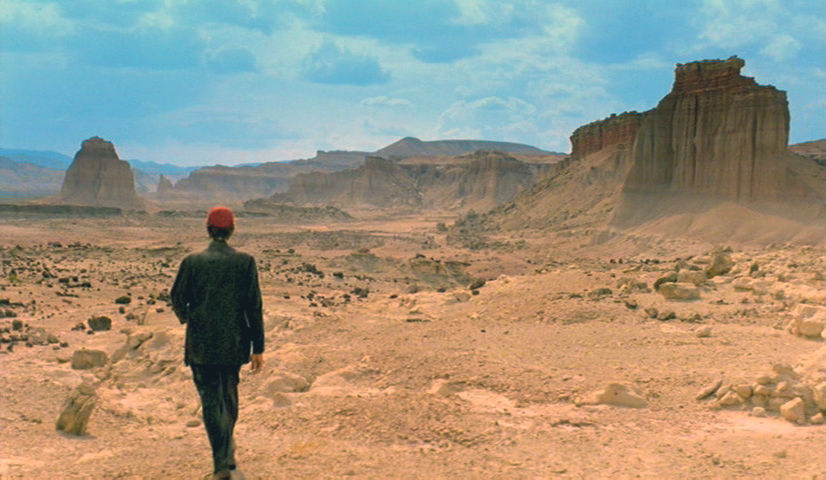
Comments